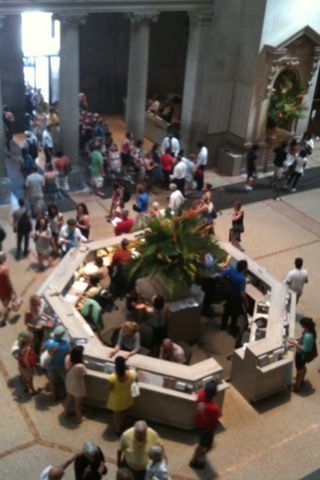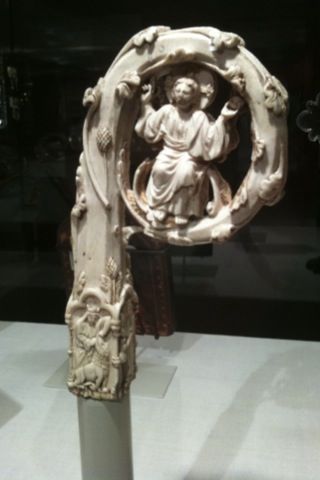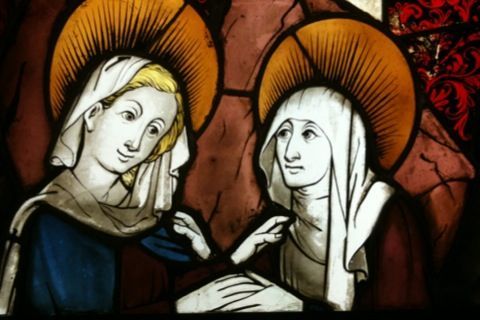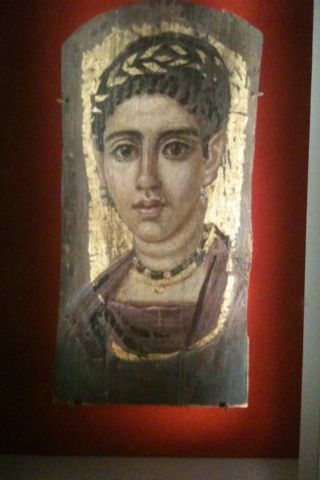To stay cool I have returned for while this afternoon to the Metropolitan Museum of Art.
The American Tobacco Company issue of the legendary Honus Wagner in the “White Borders” series (1909-10)
A crozier head of ivory from Lombardy c. 1350-1375.
Fit for a S. African Bishop!
Some German glass from 1444:
A lovely young woman who died c. AD 120-140 in Egypt.







































The Honus Wagner card brings back great memories from the baseball card craze of the early 1990s. Many a night, I hoped to discover a long forgotten hoard of cards in a wall panel.
The Crosier reminds me of one shown in Fr Collin’s “The Vatican” It belonged to Cardinal Karl August von Reisach. It has a total ivory crook with inlayed with sapphires and rubies. Around the knob of the staff are carved ivory figures of Saints Benno, Sebastian, Rupert and Corbinian.
Who is the young lady?
Jack,
Probably nobody knows her name or who she was.
The Fayum mummy portraits (so called because most of them were discovered in the necropolis at Fayum, south of Cairo) were highly collectible and were discovered long before the advent of scientific archaeology. As a result, the overwhelming majority were separated from their context (as well as the mummy itself and any inscription thereon) and sold on the art market many, many years ago.
Unless she was one of the 70-odd mummies excavated right around the turn of the century by British archaeologist Flinders Petrie, in which case the Met may have her name. But Petrie donated most of those to British museums and colleges. It really is a shame because the original inscriptions not only gave the names of the deceased, but in many cases their family and their rank and occupation. Most of them were well-to-do government officials, merchants, bankers, etc. of the Graeco-Roman community at Fayum.
It’s interesting that contemporary literature reflects a strong tradition of panel portraiture that tracked the Roman custom of portrait busts, but very few have survived except the Fayum panels, which were perfectly preserved in the desert climate.
What cool art objects you found, Father Z!
I’d love to get to the Met someday!